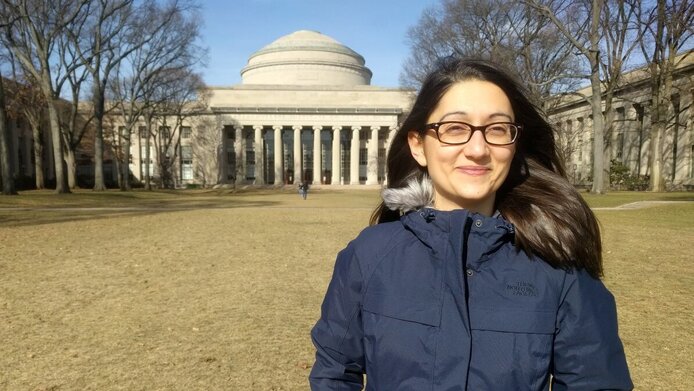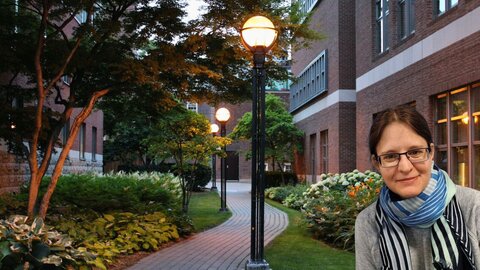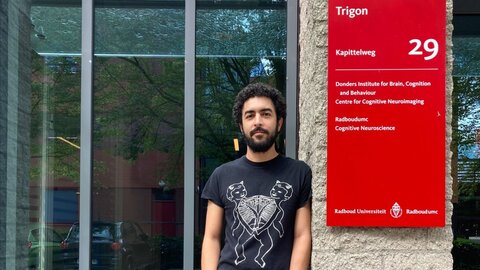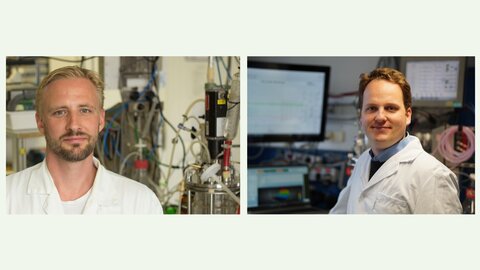Next stop Kendall, MIT

A statistical model describes in a mathematical way the randomness of a phenomenon influenced by different factors. My research interests are in those statistical models which capture the way these various factors interact between each other. Such models are based on a mathematical tool called copulas. The goal of my Erwin-Schrödinger project is to inquire into the mathematical properties of discretized versions of copulas, namely discrete copulas, to make them useful for application. In particular, I am here exploring and defining the geometry of discrete copulas in order to apply them to weather forecasting problems.
Freedom for research
My way to the US was not straight. I have been doing research on copulas since I was a master student in Italy. Afterwards, I moved to Austria to pursue a PhD degree in Mathematics at the Johannes Kepler Universität (Linz) working on a new challenging copula-related project. During my PhD, I identified the study of discrete copulas as an exciting research topic. As this new interest was far beyond my PhD research direction, I moved to the Institute of Science and Technology Austria (Klosterneuburg). There, I have been given the freedom to identify groundbreaking research questions.
Such a freedom was extremely valuable to me and gave me motivation to put together a project proposal taking advantage of the same freedom as a postdoc. In the coming years, I not only wished to explore synergies between discrete geometry and copulas but also to make my findings useful for weather forecasting applications. To make this feasible, I contacted researchers at the Zentralanstalt für Meteorologie und Geodynamik (ZAMG, Vienna) who helped me identify potential applications for my theoretical research to their weather forecasting data.
Building bridges in science and culture
My Erwin-Schrödinger project aims at establishing new bridges between discrete geometry, statistics, and weather forecasting, and the Massachusetts Institute of Technology (MIT) is the ideal place where to conduct such interdisciplinary research. The guidance and support of my host at MIT, Caroline Uhler, together with the exceptional environment I found here, have a tremendous impact on me as a young researcher and as a person. Attending specialized talks and seminars, meeting and discussing with world-class researchers, and sharing new ideas with peers, have all encouraged me to open my mind to new research views and perspectives.
I left my home country long time ago, and I knew way too well the implications of moving to a new city in a different country. I was well prepared, and I quickly got used to the new place. I was lucky enough to be assigned to a big office, without windows but plenty of such nice people! My officemates very soon became good friends, inside and outside of work. We hang out together and organize events supported by our institute to get to know new comers. Last November, we even had a Thanksgiving party with a huge turkey and lots of fun!
Fruitful collaboration for the future
I am so fortunate to have been given the opportunity to experience all of this through the Erwin-Schrödinger fellowship. I am truly thankful to Caroline, who gave me a chance to devote myself to my own research ideas. She constantly motivates me to make the most out of my work, and I am confident we will maintain our fruitful collaboration in the coming years. After the end of my postdoctoral appointment at MIT, I will spend the last twelve months of my Erwin-Schrödinger fellowship working at ZAMG on real weather data from the Austrian region. Until then, I am ready to embrace new challenges that will come on my way.





